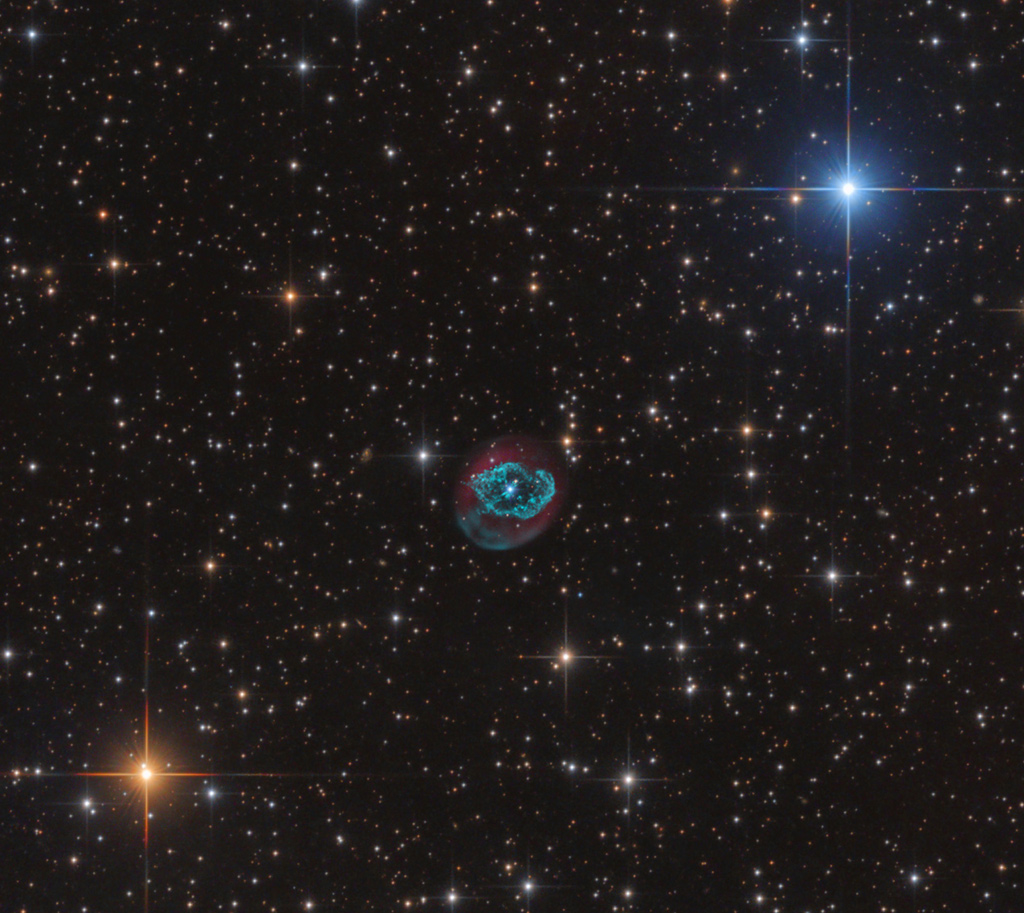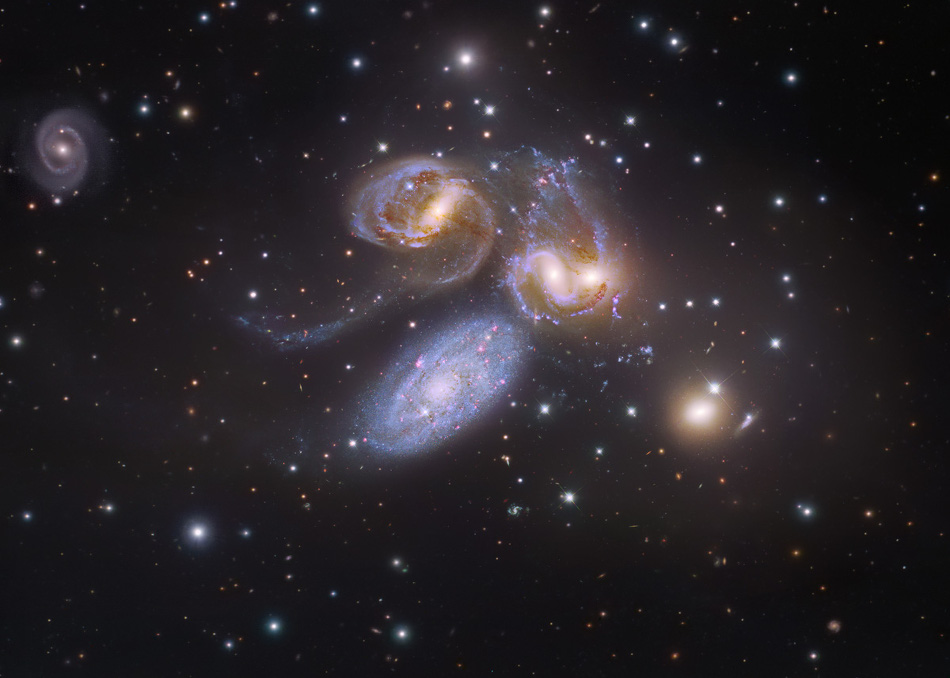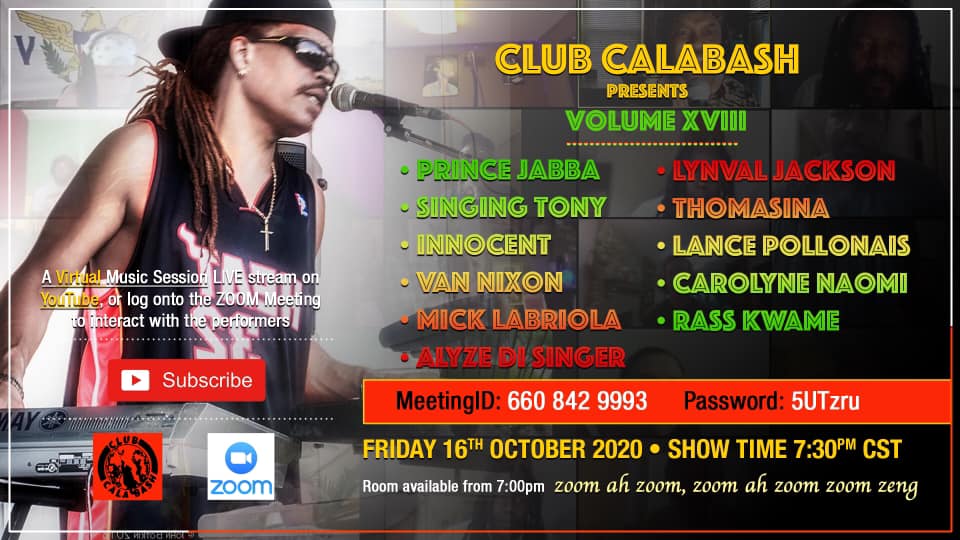Blog
William Randolph “Cozy” Cole (October 17, 1909 – January 9, 1981) was an American jazz drummer who had hits with the songs “Topsy I” and “Topsy II“. “Topsy II” peaked at No. 3 on the Billboard Hot 100, and at No. 1 on the R&B chart. It sold over one million copies and was awarded a gold disc. The track peaked at No. 29 in the UK Singles Chart in 1958. The recording contained a long drum solo and was one of the few drum solo recordings to make the charts at Billboard magazine. The single was issued by Love Records, a small record label in Brooklyn, New York. Cole’s song “Turvy II” reached No. 36 in 1959.
William Randolph Cole was born in 1909 in East Orange, New Jersey. His first music job was with Wilbur Sweatman in 1928. In 1930 he played for Jelly Roll Morton‘s Red Hot Peppers, recording an early drum solo on “Load of Cole”. He spent 1931–33 with Blanche Calloway, 1933–34 with Benny Carter, 1935–36 with Willie Bryant, 1936–38 with Stuff Smith‘s small combo, and 1938–42 with Cab Calloway. In 1942, he was hired by CBS Radio music director Raymond Scott as part of network radio’s first mixed-race orchestra. After that he played with Louis Armstrong’s All Stars.
Cole performed with Louis Armstrong and his All Stars with Velma Middleton singing vocals for the famed ninth Cavalcade of Jazz concert held at Wrigley Field in Los Angeles. The concert was produced by Leon Hefflin, Sr. on June 7, 1953. Also featured that day were Roy Brown and his Orchestra, Don Tosti and His Mexican Jazzmen, Earl Bostic, Nat “King” Cole, and Shorty Rogers and his Orchestra.
more...Planetary nebula Abell 78 stands out in this colorful telescopic skyscape. In fact the colors of the spiky Milky Way stars depend on their surface temperatures, both cooler (yellowish) and hotter (bluish) than the Sun. But Abell 78 shines by the characteristic emission of ionized atoms in the tenuous shroud of material shrugged off from an intensely hot central star. The atoms are ionized, their electrons stripped away, by the central star’s energetic but otherwise invisible ultraviolet light. The visible blue-green glow of loops and filaments in the nebula’s central region corresponds to emission from doubly ionized oxygen atoms, surrounded by strong red emission from ionized hydrogen. Some 5,000 light-years distant toward the constellation Cygnus, Abell 78 is about three light-years across. A planetary nebula like Abell 78 represents a very brief final phase in stellar evolution that our own Sun will experience … in about 5 billion years.

more...
Roy Anthony Hargrove (October 16, 1969 – November 2, 2018) was an American jazz trumpeter. He won worldwide notice after winning two Grammy Awards for differing types of music in 1997 and in 2002. Hargrove primarily played in the hard bop style for the majority of his albums, especially performing jazz standards on his 1990s albums.
Hargrove was the bandleader of the progressive group the RH Factor, which combined elements of jazz, funk, hip-hop, soul, and gospel music. Its members have included Chalmers “Spanky” Alford, Pino Palladino, James Poyser, Jonathan Batiste, and Bernard Wright. His longtime manager was Larry Clothier.
Hargrove was born in Waco, Texas, to Roy Allan Hargrove and Jacklyn Hargrove. When he was 9, his family moved to Dallas, Texas. He took lessons on trumpet and was discovered by Wynton Marsalis when Marsalis visited the Booker T. Washington High School for the Performing and Visual Arts in Dallas. One of his most profound early influences was a visit to his junior high school by saxophonist David “Fathead” Newman, who performed as a sideman in Ray Charles‘s Band.
more...Robert Hall Weir (/wɪər/ WEER; né Parber, born October 16, 1947 San Francisco, CA) is an American musician and songwriter best known as a founding member of the rock band Grateful Dead. After the Grateful Dead disbanded in 1995, Weir performed with The Other Ones, later known as The Dead, together with other former members of the Grateful Dead. Weir also founded and played in several other bands during and after his career with the Grateful Dead, including Kingfish, the Bob Weir Band, Bobby and the Midnites, Scaring the Children, RatDog, and Furthur, which he co-led with former Grateful Dead bassist Phil Lesh. In 2015, Weir, along with former Grateful Dead members Mickey Hart and Bill Kreutzmann, joined with Grammy-winning singer/guitarist John Mayer, bassist Oteil Burbridge, and keyboardist Jeff Chimenti to form the band Dead & Company. The band remains active.
During his career with the Grateful Dead, Weir played mostly rhythm guitar and sang many of the band’s rock-n-roll and country & western songs. In 1994, he was inducted into The Rock and Roll Hall of Fame as a member of the Grateful Dead.
more...Christa Päffgen (16 October 1938 – 18 July 1988), known by her stage name Nico, was a German singer, songwriter, musician, model, and actress. She had roles in several films, including Federico Fellini‘s La Dolce Vita (1960) and Andy Warhol‘s Chelsea Girls (1966).
At the insistence of Warhol, she sang on four songs of the Velvet Underground‘s debut album The Velvet Underground & Nico (1967). At the same time, she started a solo career and released Chelsea Girl. Nico’s friend Jim Morrison suggested that she start writing her own material. She then composed songs on a harmonium, not traditionally a rock instrument; John Cale became her musical arranger and produced The Marble Index, Desertshore, The End… and other subsequent albums.
In the 1980s, she toured extensively in Europe, United States, Australia and Japan. After a concert in Berlin in June 1988, she went on holiday in Ibizato rest and died as the result of a cycling accident.
more...María del Carmen García Galisteo (born October 16, 1930), known professionally as Carmen Sevilla, was a Spanish actress, singer and television presenter. Her film roles include Academy Award nominee Vengeance, Searching for Monica (1962) and the 1956 French film Don Juan. María del Carmen García Galisteo was born on 16 October 1930 in Seville. Sevilla made her film début in 1948 in Jalisco Sings in Seville. Her rise to fame came with her starring role in The Troublemaker with Tony Leblanc. She also played Mary Magdalene in Nicholas Ray‘s King of Kings.
https://www.youtube.com/watch?v=zpYybf319dA
more...Joseph Lee “Big Joe” Williams (October 16, 1903 – December 17, 1982) was an American Delta blues guitarist, singer and songwriter, notable for the distinctive sound of his nine-string guitar. Performing over four decades, he recorded the songs “Baby Please Don’t Go“, “Crawlin’ King Snake” and “Peach Orchard Mama”, among many others, for various record labels, including Bluebird, Delmark, Okeh, Prestige and Vocalion. He was inducted into the Blues Hall of Fame on October 4, 1992.
The blues historian Barry Lee Pearson (Sounds Good to Me: The Bluesman’s Story, Virginia Piedmont Blues) described Williams’s performance:
- When I saw him playing at Mike Bloomfield’s “blues night” at the Fickle Pickle, Williams was playing an electric nine-string guitar through a small ramshackle amp with a pie plate nailed to it and a beer can dangling against that. When he played, everything rattled but Big Joe himself. The total effect of this incredible apparatus produced the most buzzing, sizzling, African-sounding music I have ever heard.
Born in Oktibbeha County, a few miles west of Crawford, Mississippi, Williams as a youth began wandering across the United States busking and playing in stores, bars, alleys and work camps. In the early 1920s he worked in the Rabbit Foot Minstrels revue. He recorded with the Birmingham Jug Band in 1930 for Okeh Records.
https://www.youtube.com/watch?v=g22l1hnAnlA
more...https://www.youtube.com/watch?v=OOsRMECWKAE
more...The first identified compact galaxy group, Stephan’s Quintet is featured in this remarkable image constructed with data drawn from Hubble Legacy Archive and the Subaru Telescope on the summit of Mauna Kea. The galaxies of the quintet are gathered near the center of the field, but really only four of the five are locked in a cosmic dance of repeated close encounters taking place some 300 million light-years away. The odd man out is easy to spot, though. The interacting galaxies, NGC 7319, 7318A, 7318B, and 7317 have a more dominant yellowish cast. They also tend to have distorted loops and tails, grown under the influence of disruptive gravitational tides. The mostly bluish galaxy, NGC 7320, is in the foreground about 40 million light-years distant, and isn’t part of the interacting group. Still, captured in this field above and to the left of Stephan’s Quintet is another galaxy, NGC 7320C, that is also 300 million light-years distant. Of course, including it would bring the four interacting galaxies back up to quintet status. Stephan’s Quintet lies within the boundaries of the high flying constellation Pegasus. At the estimated distance of the quintet’s interacting galaxies, this field of view spans over 500,000 light-years.

Fela Anikulapo Kuti (15 October 1938 – 2 August 1997) was a Nigerian multi-instrumentalist, bandleader, composer, political activist, and Pan-Africanist. He is best known as a pioneer of the Afrobeat genre, a blend of traditional yoruba and Afro-Cuban music with funk and jazz. At the height of his popularity, he was referred to as one of Africa’s most “challenging and charismatic music performers”. AllMusic described him as “a musical and sociopolitical voice” of international significance.
Fela was the son of Nigerian women’s rights activist Funmilayo Ransome-Kuti. After early experiences abroad, he and his band Africa ’70 (including drummer Tony Allen) became stars in Nigeria during the 1970s, during which time he was an outspoken critic and target of Nigeria’s military junta. In 1970, he founded the Kalakuta Republic commune, which declared itself independent from military rule and was destroyed in a violent 1977 raid. Since his death in 1997, reissues and compilations of his music have been overseen by his son Femi Kuti.
more...Dr. Natesan Ramani (15 October 1934 – 9 October 2015), commonly known as N. Ramani or N. Flute Ramani, was an Indian Carnatic flautist. He was awarded the Madras Music Academy‘s Sangeetha Kalanidhi in 1996. Ramani is also credited with introducing the long flute into Carnatic music.
Ramani was born in Tiruvarur, a city in Tamil Nadu which is honoured by its association with the Trinity of Carnatic music. Ramani was born into a family of flautists. Ramani first learnt music from his grandfather, Sri Aazhiyur Narayanaswami Iyer, a well known flute artist and singer himself. Aware of young Ramani’s keen interest in the Carnatic flute, Ramani’s initiation to Carnatic music began at the age of five.
Ramani performed his first concert at the age of 8. The turning point in Ramani’s career was when he became a disciple of his maternal uncle and eminent flautist, the late T. R. Mahalingam(known more commonly as “Flute Mali”), who first popularised the Carnatic flute in Indian music. By the age of 11 years, his first concert was held at Singaravelavar Temple, Sikkil, near Nagapattinam, Tamil Nadu. His mother Smt Sarathambal was instrumental in bringing him to notice. She accompanied him for his concerts when he studying at Boys High School Tiruvarur. Ramani accompanied his guru T. R. Mahalingam in a concert for the first time.
In 1945, Ramani performed his first concert on All India Radio. Following Ramani’s first concert at the Madras Music Academy in 1956, at the age of 22, Ramani had reached the highest point in his career and become an artist of international fame, and his concerts became a regular feature.
https://www.youtube.com/watch?v=akfcrL2mUj4
more...MacHouston “Mickey” Baker (October 15, 1925 – November 27, 2012) was an American guitarist, best known for his work as a studio musician and as part of the recording duo Mickey & Sylvia.
Baker was born in Louisville, Kentucky. His mother was black, and his father, whom he never met, was believed to be white.
In 1936, at the age of 11, Baker was put into an orphanage. He ran away frequently, and had to be retrieved by the staff from St. Louis, New York City, Chicago, and Pittsburgh. Eventually the orphanage quit looking for him, and at the age of 16 he stayed in New York City. He found work as a laborer and then a dishwasher. But after hanging out in the pool halls of 26th Street, he gave up work to become a full-time pool shark.
At 19, Baker decided to make a change in his life. He went back to dishwashing, and was determined to become a jazz musician. The trumpet was his first choice for an instrument, but with only $14 saved up, he could not find a pawnshop with anything but guitars for that price.
He enrolled at The New York School of Music, but found the learning pace too slow. He dropped out and resolved to teach himself, but gave up shortly afterwards. Six months later he met a street guitarist who inspired him to start playing again. He continued taking private lessons from different teachers over the next few years. His musical style was influenced by saxophonist Charlie Parker.
https://www.youtube.com/watch?v=mps6F9Sc718
more...Nellie Rose Lutcher (October 15, 1912 – June 8, 2007) was an American R&B and jazz singer and pianist, who gained prominence in the late 1940s and early 1950s. Lutcher was most recognizable for her diction and exaggerated pronunciation and was credited as an influence by Nina Simone among others.
Lutcher was born in Lake Charles, Louisiana, the eldest daughter of the 15 children of Isaac and Suzie Lutcher. She was the sister of saxophonistJoe Lutcher. Her father was a bass player and her mother a church organist. She received piano lessons, and her father formed a family band with her playing piano. At age 12, she played with Ma Rainey, when Rainey’s regular pianist fell ill and had to be left behind in the previous town. Searching for a temporary replacement in Lake Charles, one of the neighbors told Rainey that there was a little girl who played in church who might be able to do it.
Aged 15, Lutcher joined her father in Clarence Hart‘s Imperial Jazz Band, and in her mid-teens also briefly married the band’s trumpet player. In 1933, she joined the Southern Rhythm Boys, writing their arrangements and touring widely. In 1935, she moved to Los Angeles, where she married Leonel Lewis and had a son. She began to play swing piano, and also to sing, in small combos throughout the area, and began developing her own style, influenced by Earl Hines, Duke Ellington and her friend Nat “King” Cole.
more...More Posts
- The Defeat of Jesse James Musical
- Cosmos IC 417
- Butch Trucks
- Carla Bley
- Carlos Lyra
- Freddie Roach
- World Music Memorial Seán Keane
- Daily Roots Jackie Mittoo
- Ike Russell Memorial
- Rhythm Roots Workshop Cerenity Humboldt
- Cosmos Milky Way/Rho Ophiuchi Egypt
- Donovan
- Dave Mason
- Márkos Vamvakáris
- Jimmy Ponder
- World Drumming Babatunde Olatunji
- SAVE UKRAINE DakhaBrakha & Port More
- Daily Roots Winston McAnuff & Johnny Osbourne
- Cosmos NGC 1566
- A.C. Reed
